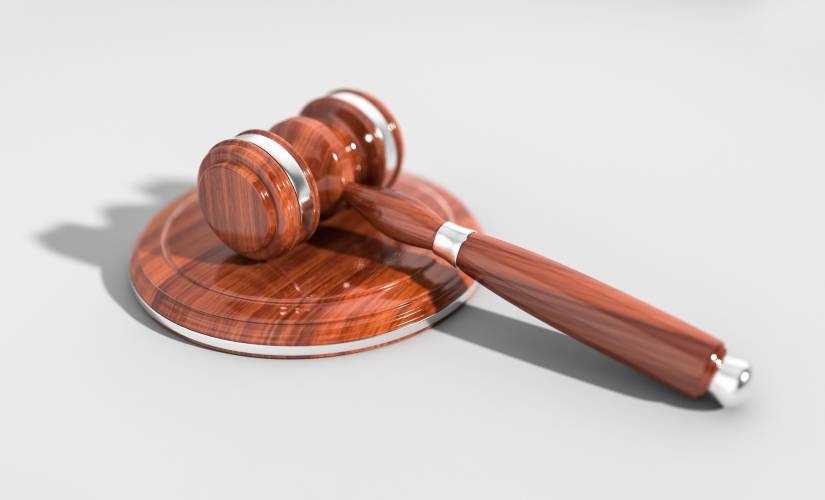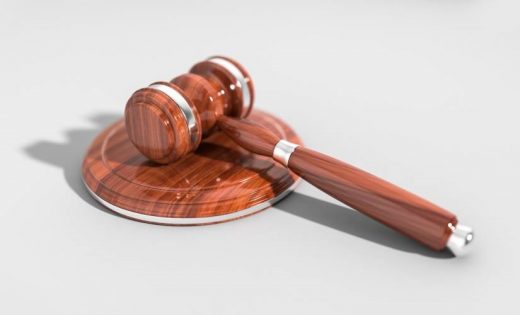How to Save Money Filing Patents
How to Save Money Filing Patents

If you are in the position of potentially needing a patent, you will want to get some information before you file. The first two bullet points are entities for which you will want to become intimately acquainted.
- USPTO = United States Patent and Trademark Office. Applicants who qualify for small entity status can reduce many USPTO fees by 50 percent.
- America Invents Act (AIA)
Qualifying as a Micro Entity or Small Entity before the USPTO
In 2011, the America Invents Act (AIA) created the new category of micro-entities who can reduce certain fees by 75 percent. An applicant who is neither a small entity nor a micro-entity is considered to be a large entity and must pay standard fees.
A Small Entity is an Entity That:
- is a nonprofit organization;
- does not, together with all affiliates, have 500 or more employees;
- And, has not assigned, licensed or otherwise conveyed an interest in the invention to a non-small entity.
The USPTO has defined four categories of concerns that qualify as “small-entity.”
- a university,
- a nonprofit organization,
- an individual inventor,
- or a small business concern.
The definitions for a “university,” “nonprofit organization,” and “individual inventor” are defined in the patent regulations.
Notably: a wholly owned subsidiary of a nonprofit organization or of a university is considered a part of the nonprofit organization or university and may claim small-entity status.
The term “small business concern” is not defined in the patent regulations.
The Small Business Administration (SBA) has sole jurisdiction over determinations of “small business concerns” and the USPTO will not accept petitions for size determinations.
The SBA has defined “small business concern” as, generally, a “concern, including its affiliates, that:
- is independently owned and operated;
- is not dominant in the field in which it is bidding on government contracts;
- and meets any applicable criteria for a particular industry concerning the number of employees (usually less than 500) or annual receipts (generally less than $7 million) or annual profits (usually more than $2 million).
The SBA Size Determination Board: has construed the term “affiliate” broadly to encompass almost any situation where an otherwise small company may be interacting with a large business concern.
The SBA considers factors such as: ownership, management, previous relationships with or ties to another concern, and contractual relationships worldwide in its determination whether “affiliation” for the purposes of size determination exists.
The key factor, however, is control. Entities are considered affiliates of each other when one controls or has the power to control the other, or a third party controls or has the power to control both.
The relative control over the entity rather than the actual percentage of investment or ownership in the entity is of significance for entity size determination at the SBA.
- For example, in Size Appeal of Novalar Pharmaceuticals, Inc., SBA No. SIZ-4977 (2008), the SBA Size Determination Board determined that an “affiliation” with an individual minority stockholder (a venture capital firm) transformed the otherwise small medical device startup company into a large business concern because the venture capital firm had the potential to block certain actions of the board constituting negative control of the entity.
- Similarly, in Size Appeal of TPG Consulting, LLC, SBA No. SIZ-5306 (2011), the SBA Size Determination Board found that a small Web design firm was a large business concern because the firm was economically dependent on a large manufacturing company as a customer.
Clients need to be aware that their business may not qualify for small-entity status if its contractual relationships or other ties affiliate it with a large business concern.
- Even when any one factor is not dispositive of “affiliation,” the SBA will still consider all of the evidentiary findings under a “totality of circumstances” rule.
- The consequences of mis-declaring entity status can be severe. In cases where courts have found applicants paid the small entity fee without a good faith basis for considering themselves to be small entities, the courts have determined the affected patent to be invalid.
Luckily, entity status can be easily corrected by paying the increased fee amounts and making appropriate certifications about lack of deceptive intent.
Micro entity: There are two ways to qualify as a micro-entity.
The first way to qualify as a micro-entity is under paragraph (a) of the new rule, requiring the following conditions that must be satisfied individually for each applicant, inventor, and joint inventor who:
- has not been named as an inventor on more than four prior patent applications (provisional applications, patent applications filed in a foreign country, e.g., the international applications system (PCT) for which the basic U.S. national fee was not paid;
- and applications that a party has assigned or is under an obligation to assign as a result of previous employment do not count);
- has a gross income less than three times the median household income in the U.S. for the preceding calendar year (for 2013 fees = $150,162, or 3X$50,054, the 2012 median household income.
For parties not paid in U.S. dollars, the average currency exchange rate during the previous calendar year applies;
- has not assigned, licensed or otherwise granted an interest in the invention to an entity who has gross income more than the amount listed above (unless the entity relates to an institution of higher education);
- and also meets the requirement for small entity status.
The second way, under paragraph (d) of the new rule:
- is by having a relationship with a U.S. institution of higher education.
- The applicant’s employer, from which the applicant obtains the majority of the applicant’s income, must be an institution of higher education.
- Or, the application must be assigned, granted, conveyed, or is under an obligation of contract or law to assign, grant, or convey, a license ownership interest in the particular application to the institution of higher education.
Pursuant to paragraph (d), applicants employed by the university who derive a majority of their income from the university, or an applicant who has assigned or has an obligation to assign to a university:
- can also claim micro-entity status, regardless of income.
Although perceived as a major loophole in the statute because an otherwise ineligible entity can become a “micro entity” if it nominally licenses or assigns its patents to a university:
- the USPTO has taken the position that no loophole exists because small-entity status needs to be established first in order to claim micro-entity status.
To obtain micro-entity status under paragraph (d), the actual inventors, rather than the institution of higher education, must be named as the applicant.
Also, since the definition of “institution of higher education” refers to the Higher Education Act of 1965, the institution of higher education referenced in paragraph (d) must be in the United States.
- For the purpose of micro-entity status, this is the only distinction between U.S. and non-U.S. entities.
The procedure for claiming micro-entity status includes the following requirements:
- A certification of micro-entity status, which may be signed by a patent attorney, the assignee, or all applicants, must be filed with or before any payment of fees at the micro-entity rate. That is, if a micro-entity status is mistakenly not sought, the difference in fees will not be refunded.
- Whenever micro-entity status is no longer appropriate, a notification of loss of entitlement must be filed; simply paying the fee at a different rate does not suffice.
- The certification needs to be filed only once in each application.
Other procedural requirements are as follows:
- Each related application, including each continuing, divisional, continuation-in-part, or reissue application, must have its own certification.
- If micro-entity status is established in good faith, but in error, the error will be excused upon payment of the fee deficiency and certain other formalities.
- Since the applicable rule specifies “will” rather than “may,” the remedy is by right rather than at the discretion of the USPTO once the requirements are met.
- The remedy does not apply to fraudulent attempts to establish micro-entity status.
Large entity: any entity that is neither a small entity nor a micro entity.
The post How to Save Money Filing Patents appeared first on ReadWrite.
(20)


